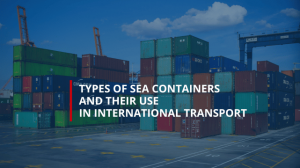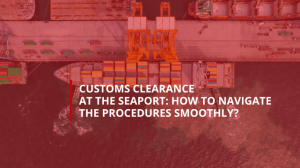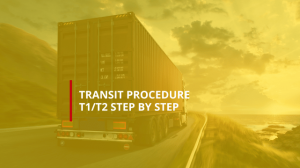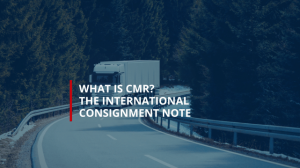

10/04/2025
Transit procedure T1/T2 step by step
Transit procedure T1/T2 step by step
The transit procedure is a set of regulations defining the rules for transit transportation. In this article, we will explain its provisions and discuss key aspects of this process.
What is transit?
Transit is a customs procedure under which customs duties and taxes are suspended for the duration of the transit. The legal rules for transit are governed by the Common Transit Procedure, as established by the Common Transit Convention of May 20, 1987. This document sets out the rules for the transport of goods between the European Union and countries such as Switzerland, Norway, Liechtenstein, Turkey, Serbia, Macedonia, and Iceland. Transit between the listed countries is handled through an electronic system that allows the preparation of transit declarations. The procedure starts at the customs office of departure and ends at the customs office of destination, where the carrier presents the goods along with the transit declaration.
Types of transit procedures
T1 – what is it?
The external community transit procedure (T1) applies to the transport of goods from outside the Community. It allows customs duties and formalities to be suspended within the EU and EFTA. The T1 procedure starts at the departure office, where the transit declaration is submitted electronically. In case of system failure, paper declarations are allowed. After document verification and the assignment of an MRN number, the goods can be transported to the destination office.
T2 – what is it?
The internal community transit procedure (T2) applies to the transport of goods that start and end within the EU but are transported through at least one EFTA country. It does not apply to sea or air transport. The T2 procedure works similarly to T1 but applies to EU goods.
Course of the T1/T2 procedure
Initial stage – customs office of departure
The T1/T2 procedure starts at the customs office of departure, where the transit declaration is submitted electronically (paper form is allowed in exceptional cases). After document verification, the system automatically confirms the document’s validity and assigns an MRN number for identification. The office conducts a goods check, and after the procedure, it generates a transit document (T1 or T2) and a list of positions that may form the basis for the final transport document. During this time, the departure office sends a notification about the goods’ arrival to the destination office. If the transport passes through a transit office, a corresponding notification is sent to that point.
Final stage – customs office of destination
At the destination office, the carrier presents the goods along with the T1 or T2 document. The customs office, with prior information about the transport, determines the scope of control. After completing the control, the office sends feedback to the departure office, closing the transit operation. If irregularities are found, relevant information is recorded in the report.
Who is responsible for conducting the transit procedure?
The responsible party for the proper execution of the procedure is the main obligor, i.e., the entrepreneur. Their duties include providing a security for the customs duties suspended during the transit. This security can take the form of cash (single security) or a financial institution guarantee (general security).
Fees and benefits of the transit procedure
The transit procedure allows for the deferral of customs duties and taxes, improving the financial liquidity of businesses. Additionally, it facilitates the smooth movement of goods across borders, eliminating the need for multiple customs declarations. Transit-related costs include fees for securing customs duties, customs agency services, and potential handling fees at customs offices. The choice of appropriate security (single or general) can reduce these costs. The T1 and T2 transit procedures are complex processes that require knowledge of regulations and proper formalities. Our agency can significantly facilitate the entire process, supporting clients with formalities related to the customs office of departure and destination. With our knowledge and experience, we guarantee quick and hassle-free processing of transit documents.
USE THE BEST CUSTOMS SERVICE IN POLAND TODAY
CONTACT OUR SALES DEPARTMENT AND FIND OUT HOW WE CAN SOLVE YOUR CASE





